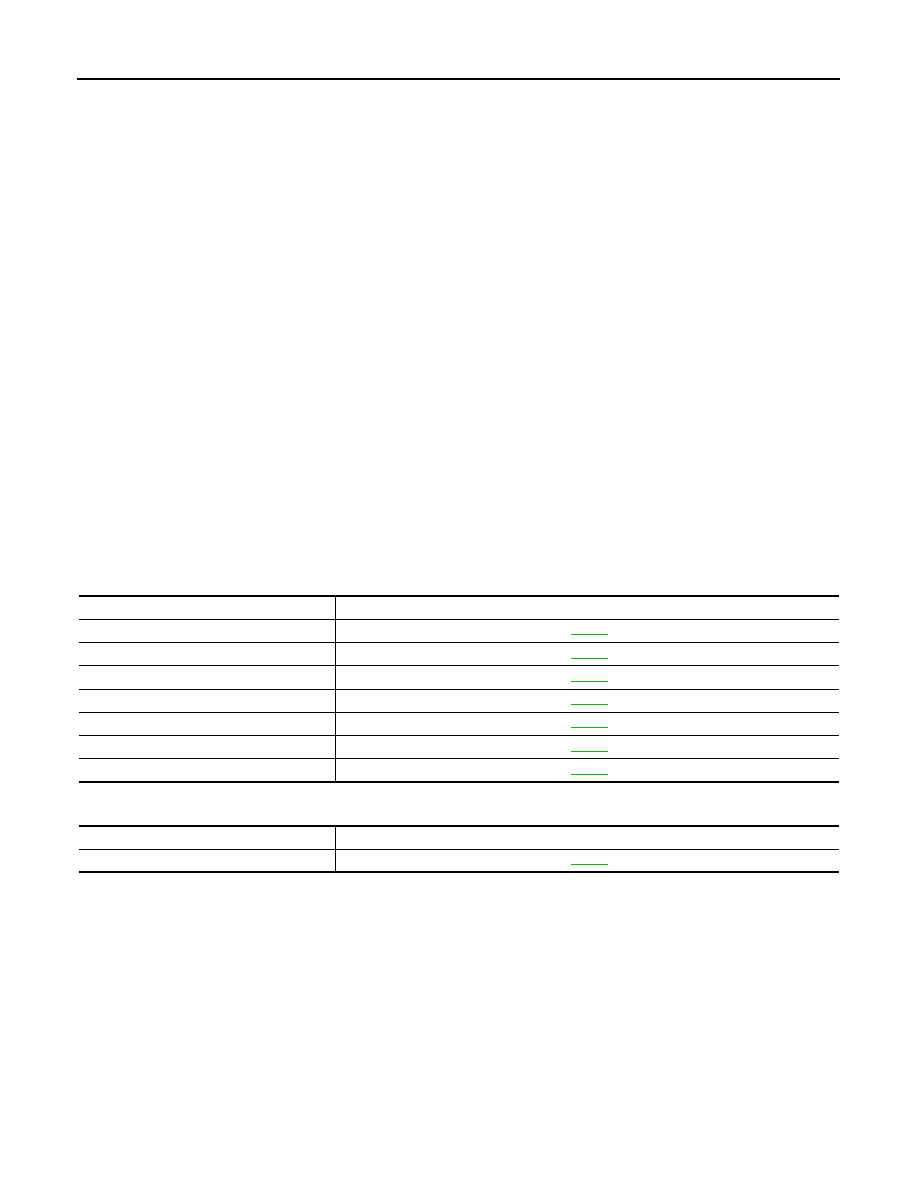Content .. 1125 1126 1127 1128 ..
Nissan Teana J32. Manual - part 1127

TM-32
< FUNCTION DIAGNOSIS >
[CVT: RE0F09B]
SHIFT CONTROL SYSTEM
*1: Primary pressure sensor is included in CVT assembly.
*2: Control valve assembly is included in CVT assembly.
NOTE:
The following components are included in control valve assembly (7).
• PNP switch
• Primary speed sensor
• Step motor
• Secondary pressure solenoid valve
• Line pressure solenoid valve
• Torque converter clutch solenoid valve
• Shift control valve
• Secondary valve
• Manual valve
• Lock-up select solenoid valve
• CVT fluid temperature sensor
• Secondary pressure sensor
• ROM assembly
Component Description
INFOID:0000000003848939
TRANSAXLE ASSEMBLY
EXCEPT TRANSAXLE ASSEMBLY
1.
Sport mode switch
2.
Shift position indicator
3.
SPORT indicator lamp
4.
TCM
5.
Secondary speed sensor
6.
Primary pressure sensor
*1
7.
Control valve assembly
*2
8.
CVT unit connector
9.
Accelerator pedal position sensor
A.
Control device
B.
Combination meter
C.
Engine room LH
D.
CVT assembly
E.
Accelerator pedal, upper
Item
Function
PNP switch
Primary speed sensor
Secondary speed sensor
Step motor
Shift control valve
Primary pulley
Secondary pulley
Item
Function
TCM